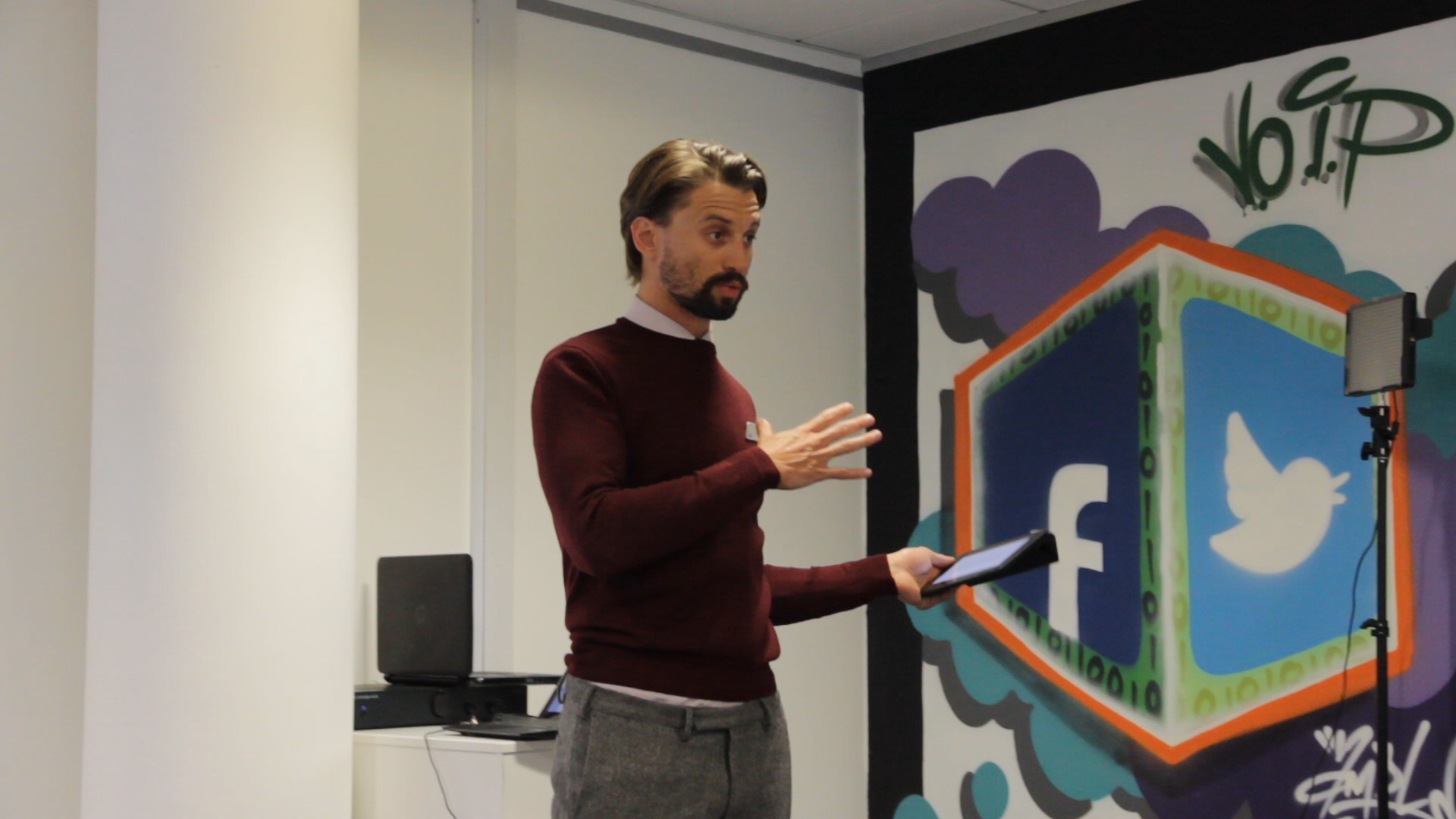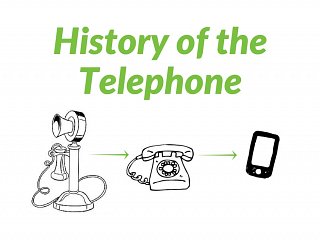 In 2015, a survey involving 1000 IT decision makers from Europe & the US found that 13% of employees work from home most, if not all the time, with many other employees being workers on-the-go or office workers who occasionally work from home.
In 2015, a survey involving 1000 IT decision makers from Europe & the US found that 13% of employees work from home most, if not all the time, with many other employees being workers on-the-go or office workers who occasionally work from home.
Work has now become an activity that we do, not a place that we go!
Hosted VoIP (Voice over IP) is a telephony solution that is taking over the workplace (whether in the office or based at home) to support the growing trend for home and flexible working. Our Horizon solution is a complete communications service that provides an extensive range of fixed and mobile telephony capabilities.
One of the major features of Horizon, the hosted VoIP solution, is its ability to make your work far more mobile.
How it works;
Hosted telephony is delivered over the internet and provides a range of fixed and mobile telephony capabilities via an easy to use web portal.
What it offers;
Greater Flexibility – Horizon’s mobile app improves interoperability between mobile and fixed phones to ensure you never miss a call, wherever you happen to be, and no-one will even know if you’re working away from the office. In fact, you don’t even need to have a physical handset. A headset connected to your laptop may be all the hardware you need, without compromising on functionality.
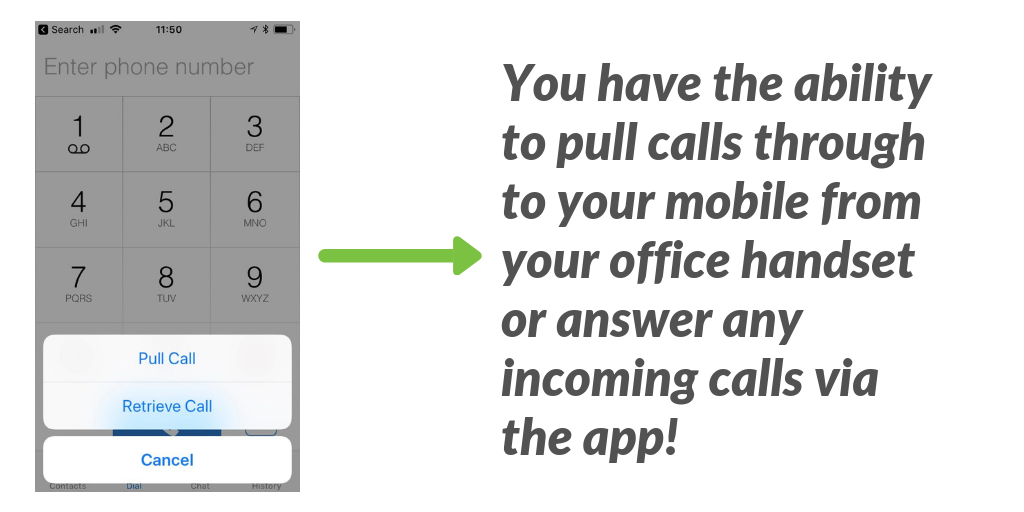
Work Smarter – From in-depth call reporting and wallboard integration to a whole host of inbound call management features such as ‘call forwarding’ and ‘do not disturb’, Horizon’s desktop portal will improve your organisation’s productivity.
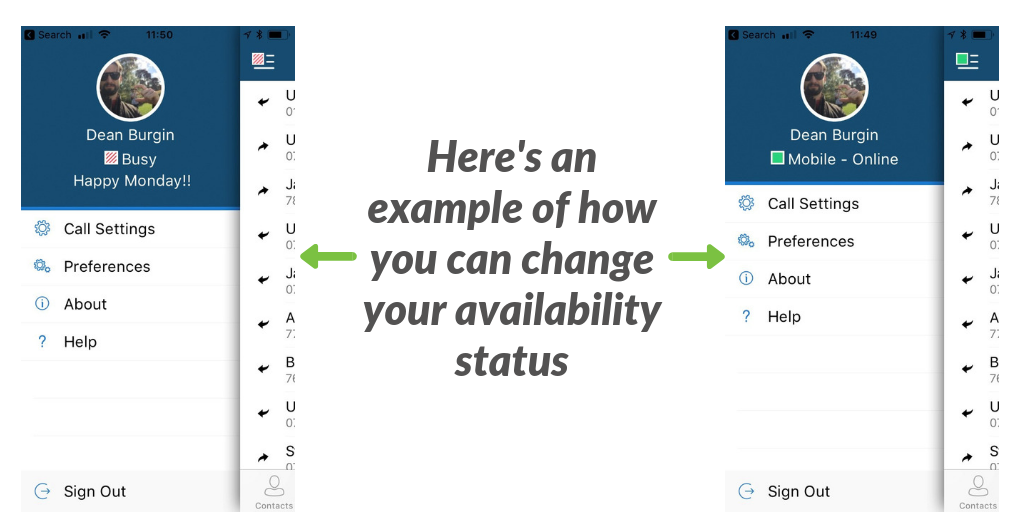
Scalability – Horizon is suitable for any sized business and is particularly effective if you have multiple sites working together. It works on a licence basis, which can easily be increased as your business grows or decreased if required.
Improve Customer Service – Enhance the service you can provide to your customers with dynamic call handling, pre-recorded messages and seamless transfers at the touch of a button.
Save Money – With minimal capital outlay, no hardware maintenance costs and competitive call rates, you can reduce your telecommunication costs with Horizon.
What next;
In summary, it’s not difficult to adjust to a mobile working lifestyle and Horizon could be crucial in helping that happen as well as improving the efficiency of your business.
Want to learn more about VoIP and how Horizon works? Get in contact with us: 01908 350795.

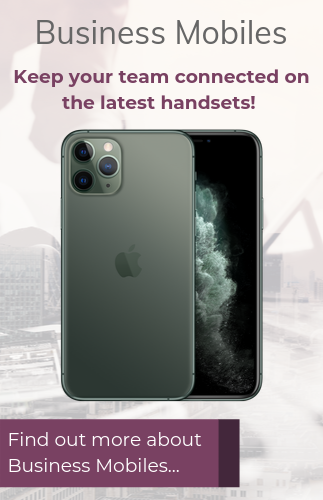
 We’ve talked previously about Ofcom’s
We’ve talked previously about Ofcom’s 
